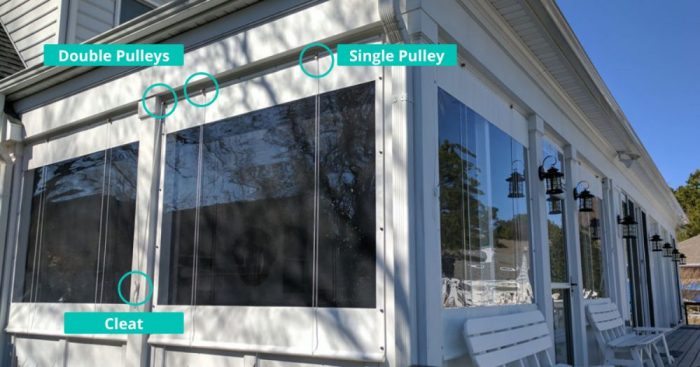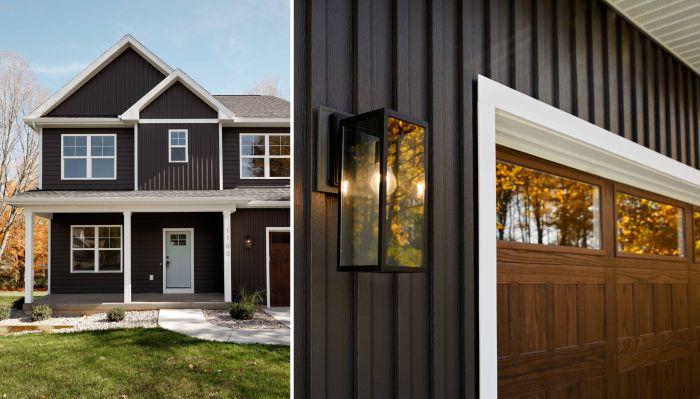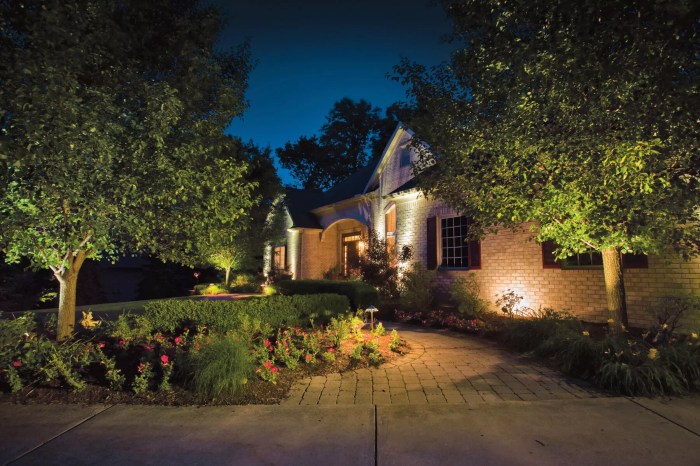Traditional vs. contemporary architecture styles: A Comparative Analysis
Traditional vs. contemporary architecture styles sets the stage for this enthralling narrative, offering readers a glimpse into a story that is rich in detail and brimming with originality. From the defining characteristics that distinguish these styles to the historical context that shaped them, this exploration promises to be both informative and captivating.
Overview of Traditional and Contemporary Architecture Styles
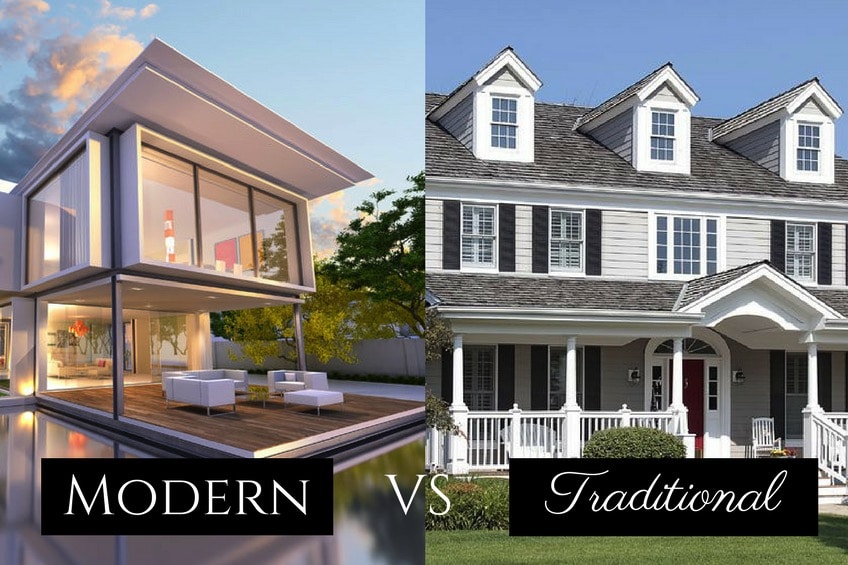
Traditional architecture refers to designs and styles that have been passed down through generations and are rooted in a specific culture or historical period. On the other hand, contemporary architecture represents current trends and innovations in design, often pushing boundaries and exploring new materials and technologies.
Key Characteristics of Traditional and Contemporary Styles
Traditional architecture is characterized by:
- Emphasis on symmetry and proportion
- Use of natural materials like wood, stone, and brick
- Incorporation of ornate details and embellishments
- Reflecting the cultural heritage and values of a specific region
Contemporary architecture, on the other hand, is known for:
- Clean lines and minimalist design
- Integration of modern materials like glass, steel, and concrete
- Focus on sustainability and green design principles
- Experimentation with unconventional shapes and forms
Historical Context of Traditional and Contemporary Styles
Traditional architecture has its roots in ancient building practices and cultural traditions. It evolved over centuries, influenced by factors such as religion, climate, and available resources. Examples include Gothic cathedrals in Europe and traditional courtyard houses in China.
Contemporary architecture emerged in the late 20th century as a response to rapid urbanization, technological advancements, and changing social norms. Architects began to experiment with new materials and construction techniques, leading to the creation of iconic structures like the Sydney Opera House and the Guggenheim Museum Bilbao.
Elements of Traditional Architecture

In traditional architecture, various elements such as materials, colors, and shapes play a significant role in defining the style and character of buildings. These elements are often influenced by cultural practices, beliefs, and available resources in different regions around the world.
Materials Used in Traditional Architecture
Traditional architecture often utilizes locally available materials, reflecting the geographical and environmental conditions of the region. For example, adobe bricks in Southwestern United States, timber framing in Northern Europe, and stone in Mediterranean countries. The use of these materials not only adds to the aesthetic appeal but also ensures durability and sustainability in construction.
Colors in Traditional Architecture
Colors used in traditional architecture are often derived from natural sources such as clay, plants, and minerals. These earthy tones blend harmoniously with the surroundings and reflect the cultural heritage of the community. For instance, the vibrant hues of Indian temples, the pastel shades of Greek houses, and the earthy tones of African huts all showcase the unique color palette of traditional architecture.
Shapes and Forms in Traditional Architecture
Traditional architecture is characterized by specific shapes and forms that are influenced by cultural beliefs, climate, and practical considerations. For example, the curved roofs of Chinese pagodas, the dome structures of Middle Eastern mosques, and the thatched roofs of African huts.
These architectural elements not only serve functional purposes but also symbolize deeper meanings and cultural traditions.
Examples of Traditional Architectural Styles
Traditional architectural styles vary greatly across different regions, each reflecting the unique cultural heritage and history of the area. Some notable examples include:
- Gothic architecture in Europe with its pointed arches and intricate detailing
- Japanese traditional architecture with its emphasis on natural materials and minimalist design
- Mudhif houses in Iraq built using reeds and palm fronds, showcasing the local craftsmanship and cultural practices
Significance of Cultural Influences
Cultural influences play a crucial role in shaping traditional architecture, as buildings are not just structures but embodiments of cultural identity and values. The architectural styles, materials, and design elements are deeply rooted in the traditions and customs of the community, showcasing a connection to the past and a sense of continuity with the future.
Elements of Contemporary Architecture
Contemporary architecture embraces modern materials, technologies, and design principles to create innovative and cutting-edge structures. Sustainability and eco-friendly practices play a crucial role in shaping the design and construction processes of contemporary buildings. Let's delve deeper into the elements that define contemporary architecture
.Modern Materials and Technologies
Contemporary architecture makes use of advanced materials such as steel, glass, and concrete to create sleek and minimalist designs. These materials allow for greater flexibility in design and construction, enabling architects to push the boundaries of creativity. Additionally, technologies like 3D printing and parametric design software are revolutionizing the way buildings are conceptualized and built, leading to more efficient and visually striking structures.
Sustainability and Eco-Friendly Practices
In response to growing environmental concerns, contemporary architects are increasingly incorporating sustainable practices into their designs. This includes the use of renewable energy sources, green roofs, rainwater harvesting systems, and energy-efficient materials. By prioritizing sustainability, contemporary architecture aims to minimize its ecological footprint and contribute to a greener future for generations to come.
Use of Space: Traditional vs. Contemporary
Traditional architecture often emphasizes clearly defined spaces with distinct functions, such as separate rooms for living, dining, and sleeping. In contrast, contemporary architecture tends to favor open floor plans that promote fluidity and connectivity between different areas. This shift reflects changing lifestyles and the desire for more versatile and adaptable living spaces.
Additionally, contemporary architecture often blurs the lines between indoor and outdoor spaces, creating a seamless transition between the two.
Case Studies
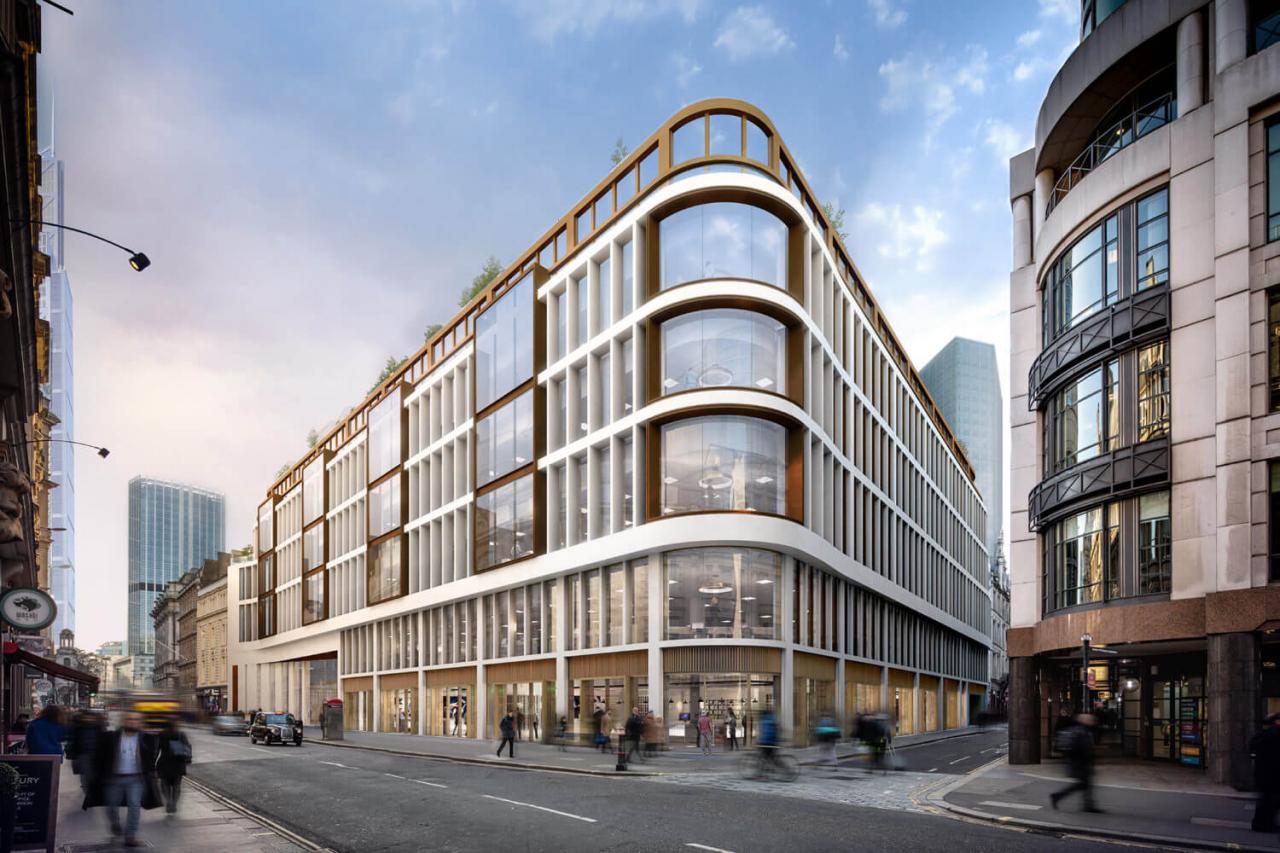
When comparing traditional and contemporary architectural designs, it is insightful to delve into specific case studies that showcase the essence of each style. By analyzing key buildings or structures, we can better understand how architects incorporate traditional elements into modern designs and the impact of globalization on architectural fusion.
Traditional Architectural Designs
Traditional architectural designs are often characterized by their historical significance, cultural influence, and timeless appeal. Let's explore some examples that epitomize traditional architecture:
- The Parthenon in Athens, Greece: A symbol of ancient Greek architecture, featuring Doric columns and intricate carvings that reflect classical design principles.
- Taj Mahal in Agra, India: An iconic example of Mughal architecture, known for its white marble facade, intricate inlay work, and symmetrical layout.
- St. Basil's Cathedral in Moscow, Russia: A masterpiece of Russian architecture, with its vibrant colors, onion domes, and unique geometric patterns.
Contemporary Interpretation of Traditional Elements
Contemporary architects often draw inspiration from traditional architectural elements and reinterpret them in innovative ways. Let's examine how these elements are integrated into modern designs:
- Use of natural materials like wood and stone, but in a minimalist and sustainable manner.
- Incorporation of historical motifs or patterns in sleek and geometric structures.
- Adaptation of traditional building techniques to meet modern construction standards and environmental requirements.
Globalization’s Impact on Architectural Fusion
Globalization has led to the blending of traditional and contemporary architectural styles, resulting in a fusion of cultural influences and design approaches. This phenomenon can be observed in various architectural projects around the world:
- The Burj Khalifa in Dubai, UAE: A modern skyscraper that incorporates Islamic design elements and sustainable technologies.
- The Louvre Abu Dhabi in Abu Dhabi, UAE: A contemporary museum that merges traditional Arabic architecture with modernist aesthetics.
- The Guggenheim Museum Bilbao in Bilbao, Spain: A cutting-edge structure that juxtaposes traditional Basque architecture with avant-garde design.
Last Word
As we conclude our discussion on traditional vs. contemporary architecture styles, we reflect on the intricate balance between preserving the past and embracing the future. From the elements that define each style to the global impact of their fusion, this discourse highlights the dynamic evolution of architectural design.
Detailed FAQs
What defines traditional architecture?
Traditional architecture is characterized by its use of historical building techniques and design elements that reflect a specific culture or region.
How does contemporary architecture differ from traditional styles?
Contemporary architecture incorporates modern materials, technologies, and design principles to create innovative structures that often prioritize sustainability and functionality.
Can traditional and contemporary architectural styles coexist in a single building?
Yes, many architects blend traditional and contemporary elements to create unique and harmonious designs that pay homage to the past while embracing the future.
